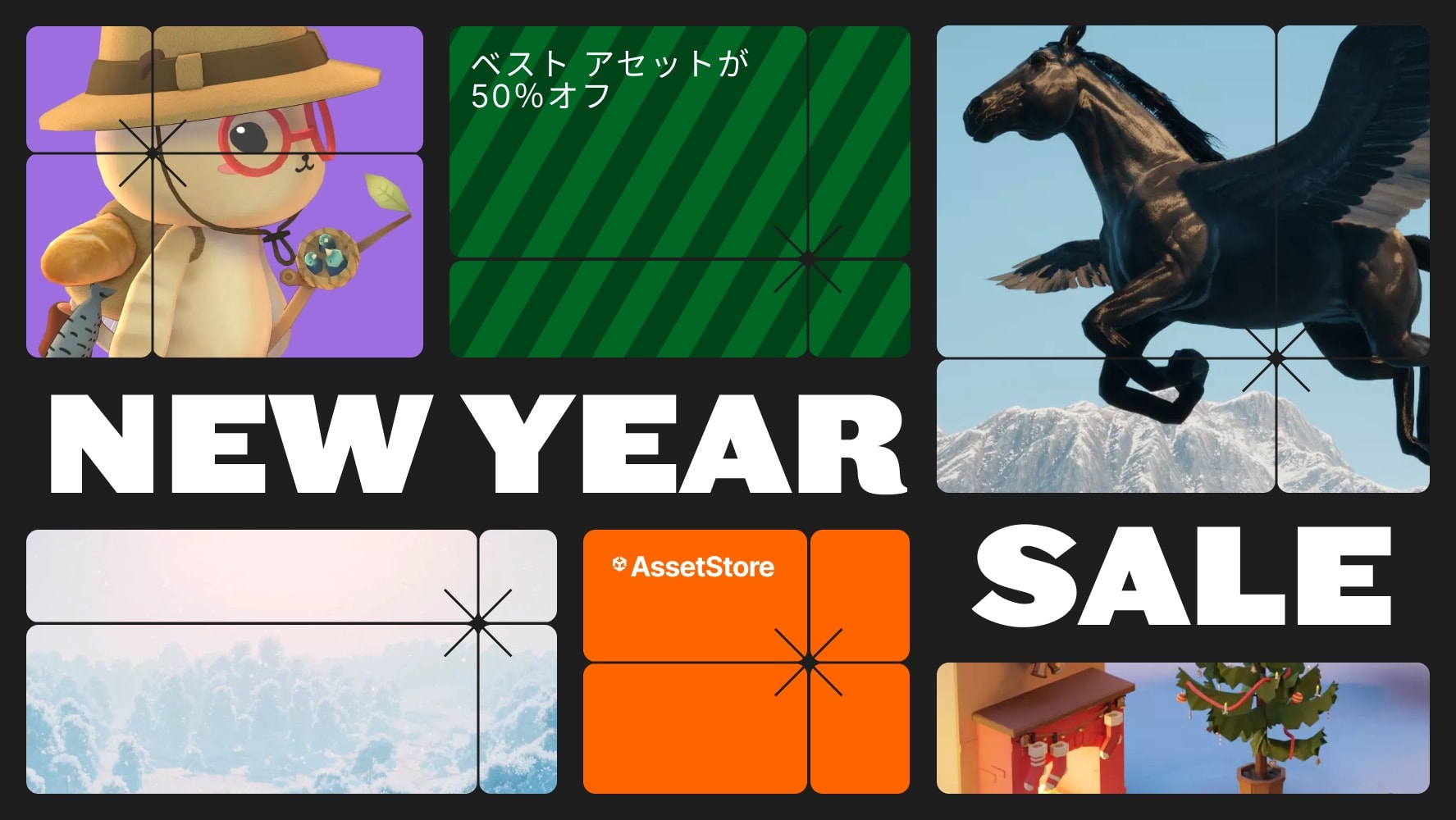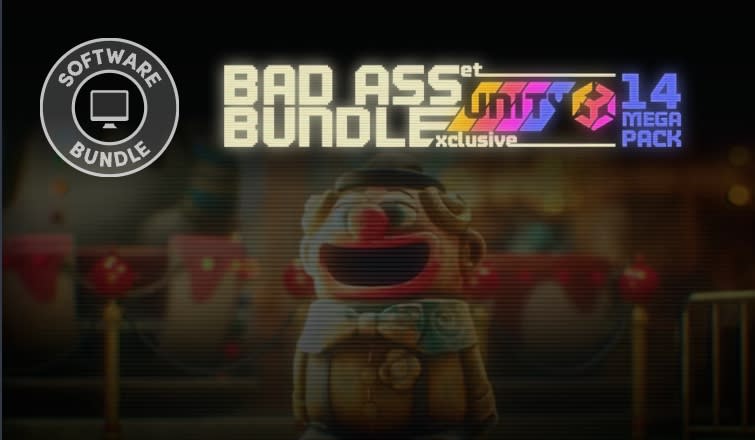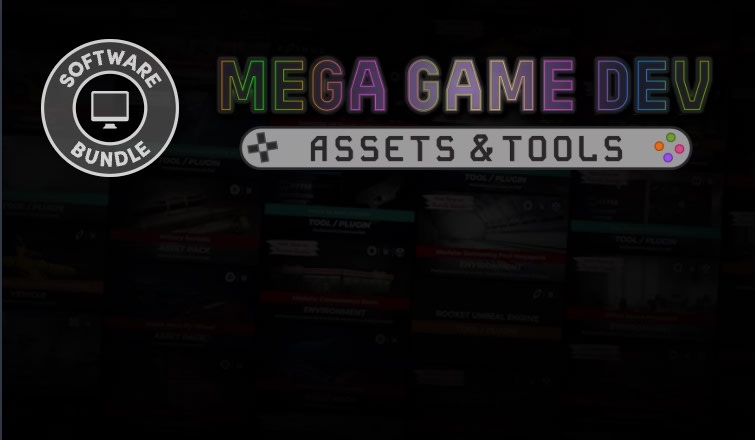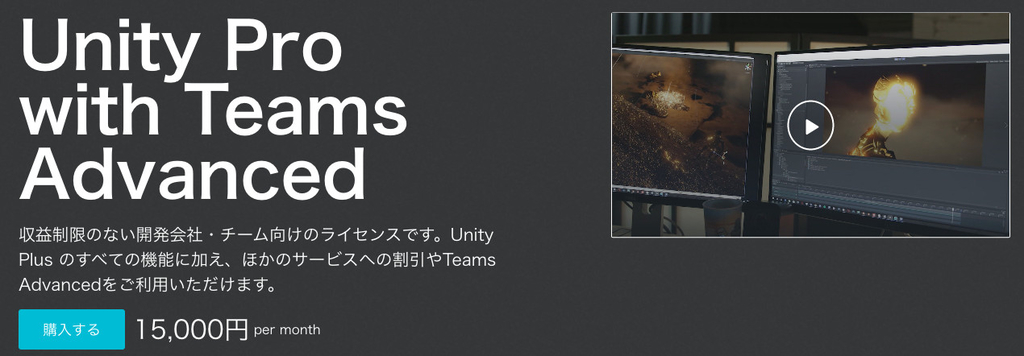
Easily bend and repeat meshes along Unity splines for fences, pipes, paths, and more - perfect for world-building without external modeling. Fast, flexible, and built on Unity’s native spline system.This is a modeling tool, so the render pipeline in use isn't relevant.Demo scene is set up for URP since it is the default in Unity 6, which is the most commonly used version at the time. For the legacy Built-in RP you'd be required to manually change the shaders on any materials.Rendering otherwise does not influence how this tool works, at all.📄 Documentation | 🟣 Discord | 💬 Forum thread🎁 20% discount for Spline Spawner users.📢 Get access to the preview Spline Mesher 2.0 asset! Verify your invoice on Discord to join the beta.A straightforward and powerful tool for spline-based mesh curving. Essential for 3D world building. Built around Unity's native spline tool, making it intuitive to combine with other tools or gameplay logic.> Provide the component with a spline and an input mesh, and it gets continuously repeated and deformed along its curve.This tool makes it easy to achieve this right inside Unity, without needing to go back and forth between editor and external modeling software.Includes advanced features like vertex color control (for shaders), prefab end caps, snapping to ground, and multi-material support - all in a clean, intuitive interface.Build fences, pipes, paths, cables and much more!📢 Get preview access to the upcoming Spline Extensions asset, the ultimate spline toolkit! Verify your invoice on Discord to join the betaUpdating to v1.2.0+ requires deleting the asset completely! It now imports as a package.🔗 Usage Features• Creates one continuous object, no clutter of GameObjects• Automatic box-shape collider generation• Downward snapping/conforming to colliders• UV scale & offset control• Start & end prefab attachments• Rotation roll angle with per-point adjustments, twist a mesh around the spline• Vertex color data over the spline, to drive shader-based effects🔗 Technical Features• Per-point Scale, Roll and Vertex Color controls• Recalculated normals, ensuring correct lighting and shading• Rebuild events exposed in the inspector, and through C# (run custom code when the mesh updates)• Lightmap UV generationFeatures a cleanly designed inspector UI, with tooltips and undo/redo support. Public C# functions are commented.✔️ Supports• Runtime generation - just modify the spline, no extra code besides yours!• Multiple materials (aka sub-meshes)• Multiple splines within the same container• Negative scaling (eg. guardrails mirrored on either side of a track)• Baked lighting, including through Bakery🚧 Limitations:• Usage of created meshes in prefabs requires exporting them to an FBX file using the Unity's "FBX Exporter" package. Because Unity strictly saves procedural meshes in the scene file.• Constant regeneration of complex geometry every frame may be prone to performance issues (ie. animating splines)• Does not support non-uniformly scaled spline containers• Support for multiple materials is limited to a single spline.See also the Spline Spawner asset, a 20% discount is available if you own a Spline Mesher license.Feature development for this asset has reached maturity. Advanced new features are in development for Version 2.0 as a discounted upgrade.Requires the Splines (v2.8.1+) package to be installed!⚠️ Failing to do so before importing this asset results in demo scene data being lost.📌 Input meshes are expected to be correctly exported for use in Unity (Z-forward, Y-up). This is reasonable to assume for a Unity-based tool. More details.📝 This asset imports as a native package, not in the "Assets" folder.✔️ Designed for production and long-term use• Battle tested: the previous iteration of this tool was proprietary, and used in 3 released productions.• Correctly transforms geometry for the MeshFilter transform, the MeshFilter and Spline components can be entirely separate.• Context menu on Mesh Filter components, to quickly convert a mesh into a spline mesh.• Retains the original mesh's UV (channel 1) and vertex colors.• Not limited to 65k vertices.⚠️ Not comparable to advanced modeling software• Vertices aren't merged and can end up overlapping⚠️ Performance• Using Jobs is not viable, as it requires a substantial rewrite of all logic from back to front. This is under development for Version 2.0.Note: Functionality such as random mesh selection, or scale/rotation will not implemented. It is not technically viable. The Spline Spawner asset already facilitates procedural prefab spawning and can be used instead.







